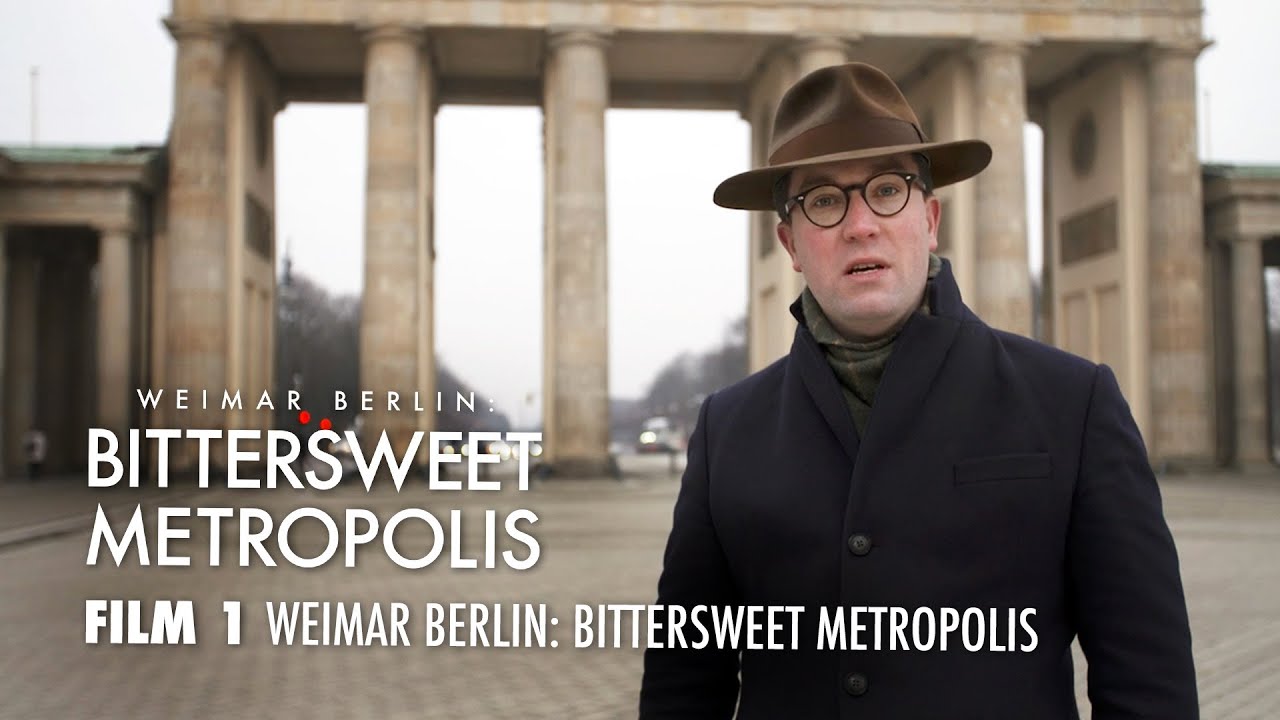The Renaissance [Music History]
Summary
TLDRThe Renaissance (1400-1600 AD) marked a significant shift in Western music, with creativity flourishing in Florence. This era saw the emergence of perspective in art, increased literacy, and a focus on humanitarian issues over theology. Music became a commercial form of entertainment, with families owning instruments and composers like John Dunstable gaining celebrity status. The era also introduced new musical intervals and styles, the impact of the printing press on musical development, and the diversification of ensembles and instruments, setting the stage for the Baroque period.
Takeaways
- 🕰️ The Renaissance is dated between 1400 and 1600 AD and is the second half of the early period of Western music, following the Medieval era.
- 🌐 The Renaissance originated in 14th-century Florence, influenced by political and economic stability, literacy, and education, as well as advancements in perspective and geometry in art.
- 🏛️ There was a renewed interest in ancient Greek and Roman philosophy, leading to a focus on humanitarian issues alongside theological ones.
- 🎭 Opera was developed as a modern recreation of ancient Greek drama, reflecting a shift towards enjoying the arts for entertainment rather than solely for worship.
- 🎼 The increased demand for music as entertainment led to the commercial exploitation of music and the domestication of musical performances in homes with families owning instruments.
- 🎵 John Dunstable, an English composer, was influential in the late medieval and early Renaissance periods, known for his service to the royal family and his skills in astronomy, mathematics, and astrology.
- 🎶 Renaissance composers began to use the interval of the third, which was considered dissonant in the medieval period, allowing for greater emotional content in music.
- 🎵 Composers like Thomas Tallis gained celebrity status, with people taking interest in their personal lives, and he, along with William Byrd, was granted an exclusive license to print music by Queen Elizabeth I.
- 📚 The invention of the printing press by Johannes Gutenberg facilitated the unification of musical language and the commercial distribution of music.
- 🎵 The Renaissance saw diversification in musical styles, including European-Mexican hybrid works, reflecting cultural exchanges and influences.
- 🎼 Ensembles developed specific names based on their performance context, such as the Pavan, Galliard, Courant, and consort, which would evolve into the Baroque orchestra in the 17th century.
- 🎵 Instrumental music developed alongside vocal compositions like the Madrigal, and new instruments like the Crumhorn, harpsichord, and organs became popular for both religious and domestic use.
Q & A
What is the time period of the Renaissance in Western music history?
-The Renaissance in Western music history is dated between 1400 and 1600 AD.
What was the significance of Florence in the 14th century during the Renaissance?
-Florence was the epicenter of the Renaissance due to its relative political and economic stability, as well as the spreading of literacy and education.
How did the Renaissance change the approach to arts and music?
-The Renaissance marked a huge shake-up of creative thought, with an apparent understanding of perspective and geometry in artworks, a rethinking of diplomacy in politics, and an increased interest in ancient Greek and Roman philosophy.
What was the role of opera during the Renaissance?
-Opera was intended to be a modern recreation of ancient Greek drama, allowing people to focus on and enjoy the arts for entertainment rather than as a form of worship.
How did the Renaissance influence the development of music as a commercial enterprise?
-The increased demand for music as a form of entertainment could be exploited commercially, extending to the home where families began to perform music, sing, and dance recreationally, and own musical instruments.
Who was John Dunstable and why was he influential during the Renaissance?
-John Dunstable was an English composer from the late medieval and early Renaissance periods who was highly influential, composing in the service of John of Lancaster and being a keen astronomer, mathematician, and astrologer.
What musical interval did Renaissance composers begin to rely on and why was it significant?
-Renaissance composers began to rely on the interval of the third, which was considered dissonant during the medieval period, allowing for greater emotional content in music.
Who was Thomas Tallis and how did he contribute to the development of music during the Renaissance?
-Thomas Tallis served under four different monarchs and is widely accepted as one of the church's best early composers. He and William Byrd were granted an exclusive license to print music in England by Queen Elizabeth the First.
How did the invention of the printing press by Johannes Gutenberg impact the development of music?
-The printing press allowed for the exact duplication of manuscripts for commercial distribution, unifying the musical language and contributing to the development of scales and harmony.
What was the significance of the development of specific ensembles during the Renaissance?
-The development of specific ensembles, each with a particular name based on their situation, allowed for diversification of musical styles and the evolution of group performances in various contexts.
What were some of the important developments in instrumental music during the Renaissance?
-Important developments included the Crumhorn, a common woodwind instrument; keyboard instruments like the harpsichord; and the organ, which began to appear in family homes as well as religious ceremonies.
Outlines

Этот раздел доступен только подписчикам платных тарифов. Пожалуйста, перейдите на платный тариф для доступа.
Перейти на платный тарифMindmap

Этот раздел доступен только подписчикам платных тарифов. Пожалуйста, перейдите на платный тариф для доступа.
Перейти на платный тарифKeywords

Этот раздел доступен только подписчикам платных тарифов. Пожалуйста, перейдите на платный тариф для доступа.
Перейти на платный тарифHighlights

Этот раздел доступен только подписчикам платных тарифов. Пожалуйста, перейдите на платный тариф для доступа.
Перейти на платный тарифTranscripts

Этот раздел доступен только подписчикам платных тарифов. Пожалуйста, перейдите на платный тариф для доступа.
Перейти на платный тарифПосмотреть больше похожих видео
5.0 / 5 (0 votes)






